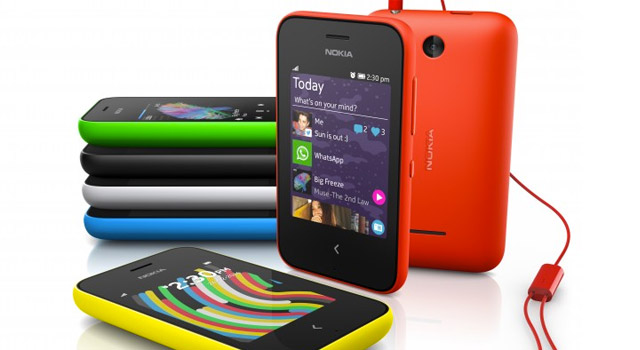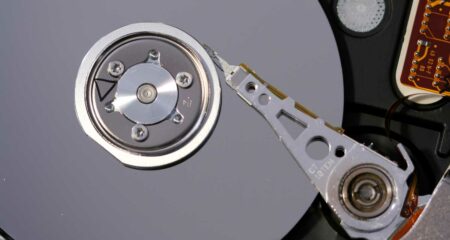 The world of connected everything is fast approaching. It’s a world where everyday objects, from a toothbrush to our glasses, are able to communicate, save and share data. This is a time of great innovation, with an avalanche of ever-smarter devices beginning to move our way, generating more and more data.
The world of connected everything is fast approaching. It’s a world where everyday objects, from a toothbrush to our glasses, are able to communicate, save and share data. This is a time of great innovation, with an avalanche of ever-smarter devices beginning to move our way, generating more and more data.
It might seem unbelievable, but 90% of all the data in the world has been generated in the past two years. This is a statistic that seems to be staying roughly accurate, even as time passes. While this is an astounding figure and reflects the marvel that is human invention, what this really means is that we are, quite simply, running out of space.
In a world where everything is connected to everything else, the resulting “big data” is being hyped as having the ability to solve virtually all our problems. However, by 2016, it’s very likely that the hard drives whirring away in countless data centres will start to reach their limits. The total amount of digital data generated in 2013 was about 3,5 zettabytes (that’s 35 with 20 zeroes following). By 2020, the world will generate 40ZB of data annually, or more than 5 200GB for every person on the planet. That’s the equivalent of a million photographs and about 2,6m novels per person.
The problem can’t be solved by simply building more hard drives. The fact is, it’s becoming harder and harder on a molecular level to keep squeezing the increasing volume of information onto the same amount of space.
In 1976, Seagate produced its first ever hard drive. It had 5MB of storage and could save about two seconds of low resolution video shot on one of today’s smartphones, or two photos. A 5TB hard drive today can store 2m smartphone photos, 2,5m songs and about a thousand movies. It’s remarkable to think that if we had made the same advances in engine fuel economy in the same time period, on a single tank of fuel we could drive the distance to Jupiter and back. So, while there is no doubt that this is a truly incredible feat of human engineering, at the rate we are producing data, in only a couple of years, it won’t be enough.

But technologies are on the way that may help to heal the breach. Also, each of us can also do more to manage our own storage. With smart, centralised archiving, for example — one major Dropbox or Google Drive account or a large external hard drive in the home for the whole family to share — we can not only make accessing everything simpler by keeping all photos, documents and downloads in one place, we can also minimise the likelihood of duplication and ensure that every precious family photo or episode of Game of Thrones is safely stored and easily available.
Something as simple as this more effective management of our personal data should go a long way to helping ensure there is enough storage to go around in the short term while next-generation technologies are being developed for tomorrow’s hyper-connected consumers.
- Mark Whitby is vice-president of sales and marketing at Seagate in the Middle East and Africa




